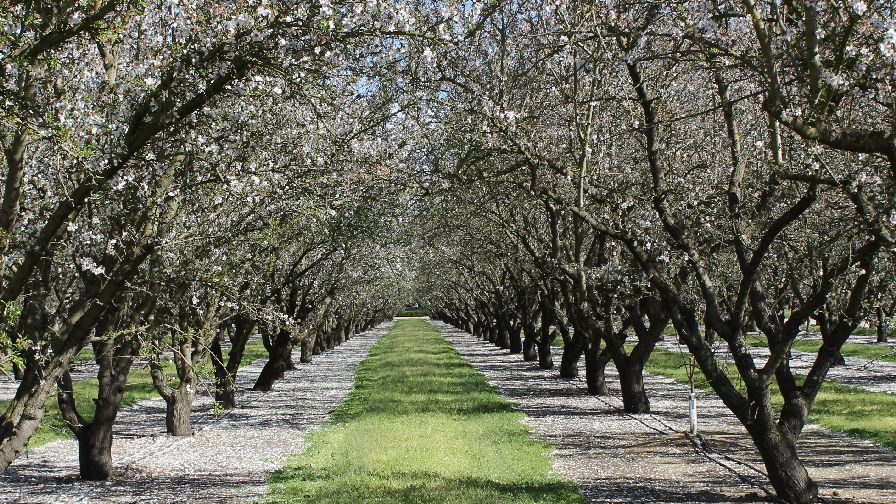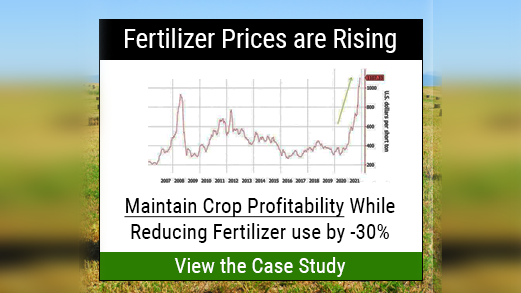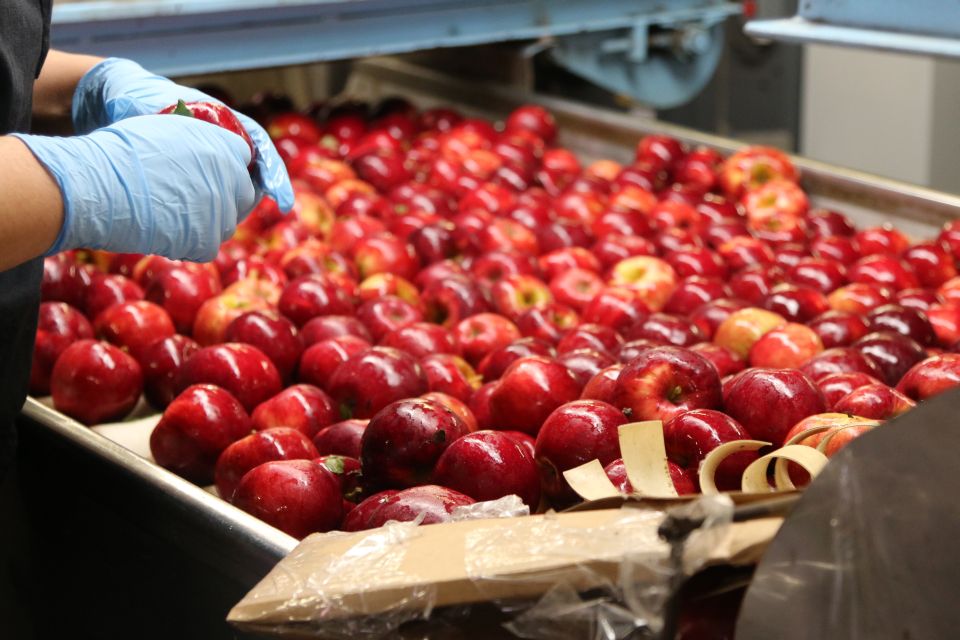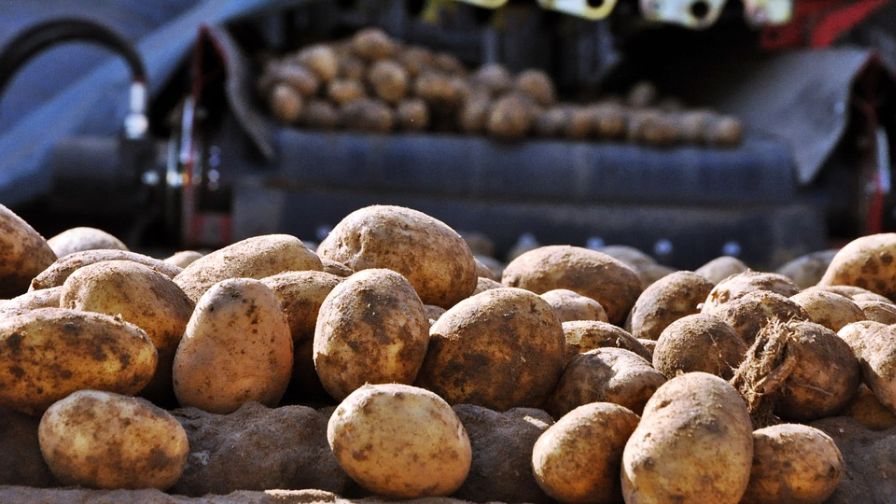Marketing Matters: Positioning Your Produce
Since my last column, have you been “determining exactly what niche your offering is intended to fill,” as Jay Conrad Levinson defined “positioning” in Guerilla Marketing (1984 Houghton Mifflin)?
Whether you are a small organic grower, a thousand-acre grower-shipper, or somewhere in between, your positioning statement lays the foundation to build your business. In it, you identify your target consumer, the products you can grow for them, and how to capture their attention and purchases through your advertising. As a matter of fact, you may find growers at those opposite ends of the spectrum that can grow the same items, but positioning helps them target the appropriate customers.
There was an article titled “Artisanal Awakening” in the 2010-2011 winter issue of Edible Jersey magazine that caught my eye. Working with Garden State farmers on marketing issues, I’ve always loved how certain words can make or break a product. It reminded me when about 20 years ago, I presented a talk titled “Designer Veggies — New Crops for New Jersey” at the New Jersey Vegetable Growers Conference.
I thought it was just a catchy title to introduce the concept of marketing new colors, shapes, sizes, flavors, and varieties of produce, but people still mention how much press coverage “Designer Veggies” brought to the conference that year. Similarly, “artisan” encompasses that concept of designer produce.
Designer Produce
The first time I heard the word artisan used in the produce industry was at a Philadelphia Farm and Food Conference in the late ’90s where participants had been asked how local farmers could supply more products to regional food pantries. One frustrated gentleman stood up and responded emphatically that he was an artisan farmer growing vegetables organically on a couple of acres. In order to remain economically viable, every square inch of his farm had to be productive and he needed to sell his high-quality artisanal produce to affluent people able and willing to pay top dollar. He used a simple, descriptive positioning statement to illustrate very effectively for the attendees why he wasn’t in a position to do much to address the needs of the poor.
Fast forward to 2010. On the other end of the scale and the other side of the country, one of the largest
U.S. lettuce growers, Tanimura and Antle (T&A) of Salinas, CA, has been advertising heavily and reporting that sales of their new Artisan Lettuce line have soared since it was introduced. A clear-cut positioning statement found on their website, www.ArtisanLettuce.com, describes their attractively packaged produce for their target consumers and chefs.
Not only is this promoted as a gourmet and artistic line of products, but they also refine their niche market as those who may have concerns about pre-packaged, fresh processed lettuce mixes, as well.
Competing Salads
Unhampered by that jab, Chiquita’s Fresh Express fresh processing division has introduced ready-to-eat “Artisanal Salads” with mouth watering names like Sierra Crisp Herb and Wild Rocket Zest for those consumers who do appreciate the convenience of pre-packaged salad mixes. Actually, “artisan” is getting a lot of use in the produce industry now. Stemilt Growers of Washington is providing stores with pop-up displays to promote its Stemilt Artisan Organics line of apple and pear crops.
While the “artisanal” produce market may be getting crowded, there are plenty of other niches to fill — food safety, product quality and reliability, customer service, convenience, assortment — the list is limited only by your imagination. The key is to create an uncomplicated statement that identifies first and foremost what consumer you will target. Identifying the right customers will fill in the rest of the positioning statement with the best mix of products and services, as well as suggesting effective advertising strategies to communicate with them. Although there might not be many individual words as descriptive as artisan, keep your positioning statement as concise as possible.
It’s too bad there aren’t more words like artisan. As much as I like it to describe produce, I don’t think that “artisan” made the Oxford Dictionary’s short list for the 2010 Word of the Year as “locavore” did in 2007.
Then again, it’s fun to muse that someone at T&A said they had once heard or read about “designer veggies” and a light went on.










